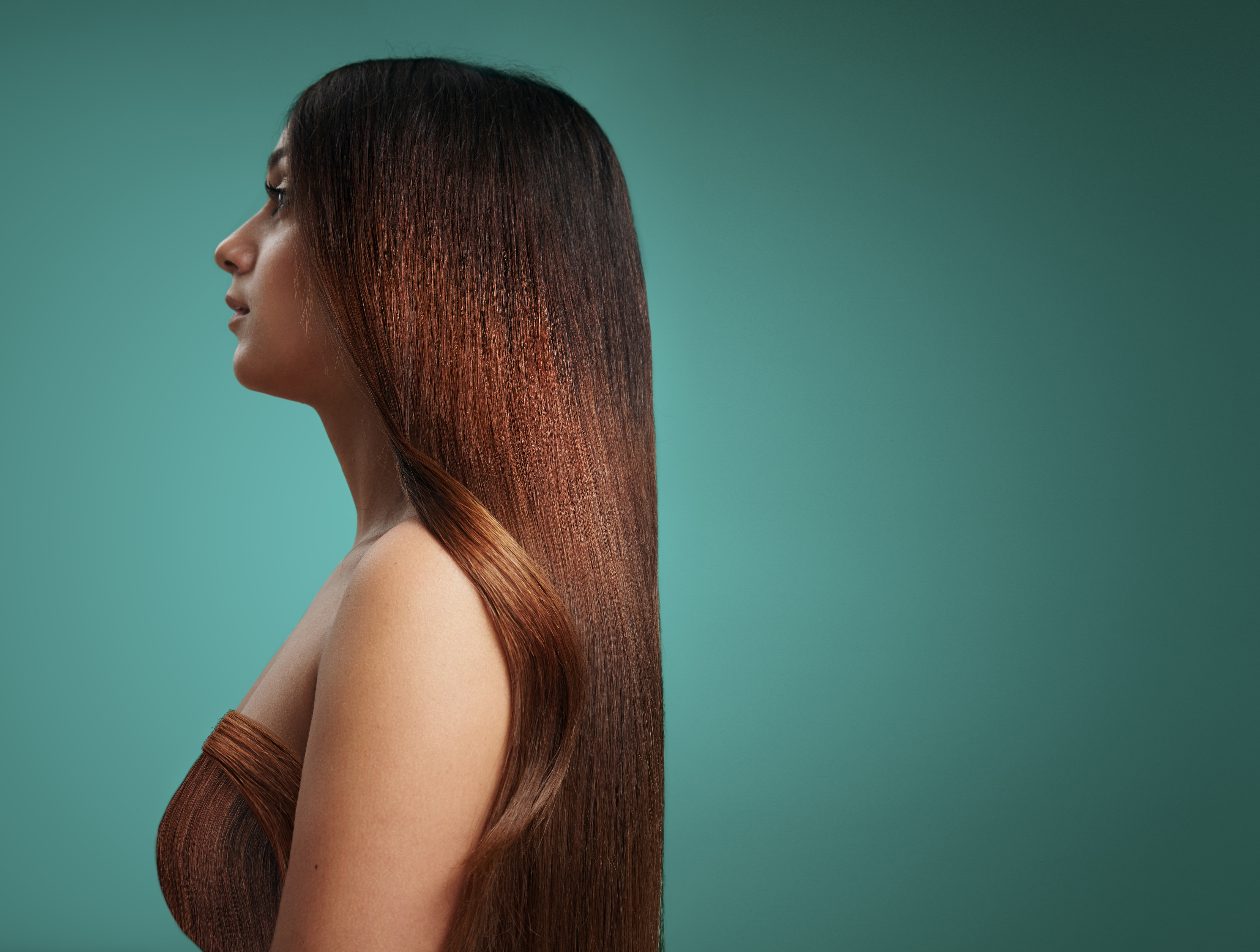
Healthy and luscious hair is a universal desire, and achieving it often involves understanding the science behind effective hair care treatments. In recent years, protein hair treatments have gained popularity for their ability to promote hair health. In this blog post, we will delve into the science behind these treatments, exploring how they work and the benefits they offer for maintaining strong and beautiful hair.
- The Basics of Hair Structure: To comprehend the significance of protein in hair treatments, it’s crucial to understand the basic structure of hair. Hair is primarily composed of a protein called keratin. This fibrous structural protein provides strength and resilience to each strand, forming the foundation for healthy hair.
- Understanding Protein Hair Treatments: Protein hair treatments are designed to replenish and fortify the protein structure of hair. Over time, exposure to various environmental factors, heat styling, chemical treatments, and everyday wear and tear can lead to protein loss, resulting in weakened and damaged hair. Protein treatments aim to restore this protein balance, helping to repair and strengthen the hair shaft.
- Types of Proteins in Hair Treatments: Different protein types play specific roles in enhancing hair health. Common proteins found in hair treatments include keratin, collagen, wheat protein, and silk protein. Each type of protein contributes unique properties, such as repairing damaged cuticles, improving elasticity, and providing moisture retention.
- Rebuilding the Hair Shaft: Protein treatments work by penetrating the hair shaft and filling in gaps or breaks in the cuticle. This process helps to rebuild the structural integrity of the hair, making it smoother, shinier, and more resistant to breakage. Regular use of protein treatments can contribute to long-term improvements in the overall health and appearance of the hair.
- Benefits of Protein Hair Treatments:
- Strength and Resilience: Protein treatments strengthen the hair, making it more resilient to damage.
- Improved Elasticity: Proteins enhance the hair’s elasticity, reducing the likelihood of breakage and split ends.
- Moisture Retention: Some proteins have moisturizing properties, helping to maintain the hair’s natural hydration levels.
- Enhanced Shine and Smoothness: Rebuilding the hair shaft results in smoother, shinier hair with improved manageability.
- Choosing the Right Protein Treatment: Not all protein treatments are created equal. It’s essential to select a treatment that aligns with your hair’s specific needs. Consider factors such as your hair type, the level of damage, and the desired outcome when choosing a protein treatment.
- Cautions and Considerations: While protein treatments offer numerous benefits, excessive use or using the wrong type of protein for your hair can lead to adverse effects. It’s crucial to strike a balance and incorporate protein treatments into a well-rounded hair care routine.
Conclusion:
In the quest for healthier and more beautiful hair, understanding the science behind protein hair treatments is key. By replenishing and fortifying the protein structure of the hair, these treatments contribute to strength, resilience, and overall hair health. Whether you’re dealing with damaged hair or aiming to prevent future issues, incorporating a suitable protein treatment into your hair care regimen can make a significant difference in the long-term vitality of your locks.

